- Understanding Fig Varieties and their Climate Preferences
- 1. Common Fig (Ficus carica)
- 2. Adriatic Fig (Ficus carica ‘White Adriatic’)
- 3. Desert King Fig (Ficus carica ‘Desert King’)
- 4. Brown Turkey Fig (Ficus carica ‘Brown Turkey’)
- 5. Chicago Hardy Fig (Ficus carica ‘Chicago Hardy’)
- 6. Violette de Bordeaux Fig (Ficus carica ‘Violette de Bordeaux’)
- 7. Brunswick Fig (Ficus carica ‘Brunswick’)
- 8. LSU Purple Fig (Ficus carica ‘LSU Purple’)
- Choosing the Right Location for Fig Trees
- 1. Sunlight
- 2. Soil
- 3. Shelter
- 4. Space
- 5. Frost Protection
- 6. Access to Water
- Preparing the Soil for Fig Trees
- 1. Site Selection:
- 2. Soil Testing:
- 3. Soil Amendments:
- 4. Drainage Improvement:
- 5. Mulching:
- 6. Irrigation:
- Proper Planting and Transplanting Techniques
- 1. Selecting the Right Location
- 2. Digging the Planting Hole
- 3. Preparing the Root Ball
- 4. Planting the Fig Tree
- 5. Transplanting an Established Fig Tree
- Watering and Irrigation Considerations
- 1. Water requirements
- 2. Deep watering
- 3. Frequency of watering
- 4. Irrigation methods
- 5. Mulching
- 6. Testing soil moisture
- 7. Water quality
- Fig Tree Pruning and Training
- 1. Pruning Basics
- 2. Training Techniques
- 3. Controlling Size
- 4. Pruning for Fruit Production
- 5. Pruning After Winter Damage
- Dealing with Pest and Disease Issues
- Pest Issues
- Disease Issues
- Harvesting and Storing Figs
- Harvesting Figs
- Storing Figs
- Using Stored Figs
- Question-answer:
- Can figs be successfully grown in cold climates?
- What are some cold-hardy varieties of figs?
- How can I protect my fig tree during the winter?
- What is the best time to prune a fig tree?
- How often should I water my fig tree?
- Do fig trees need special fertilizer?
- Video: How To Grow Figs In Cold Climates | To Cover Or Not To Cover? | Fig Fruit Tree Cold Hardy Growing!
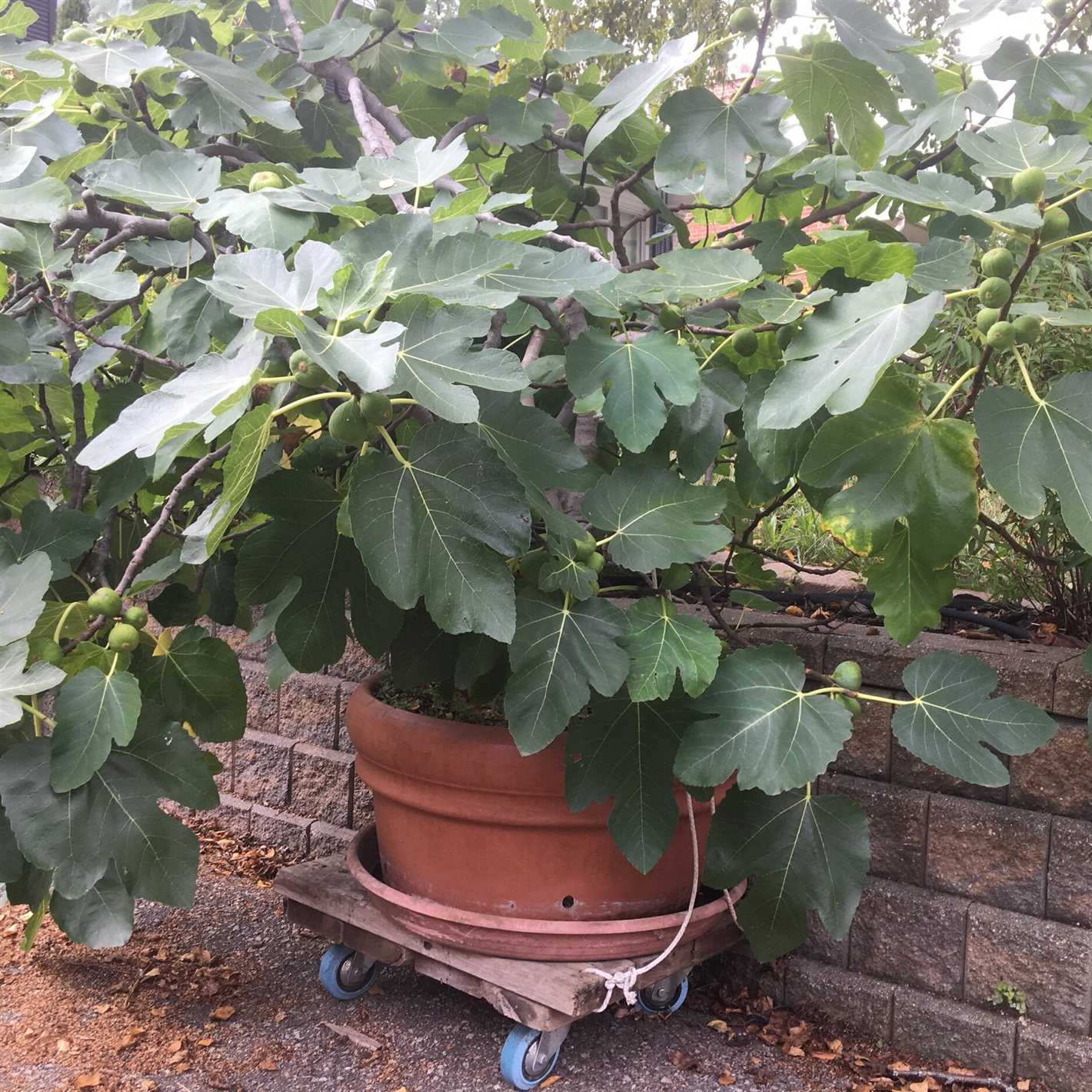
Growing figs can be a rewarding and delicious experience, but it can also be a challenge, especially in climates that are not ideal for fig cultivation. However, with the right knowledge and techniques, it is possible to successfully grow figs even in challenging climates. In this comprehensive guide, we will explore tips and strategies for growing figs in climates that may not provide the optimal conditions for this fruit tree.
Choosing the Right Variety
When it comes to growing figs in challenging climates, choosing the right variety is crucial. Some fig varieties are more tolerant of cooler temperatures or shorter growing seasons, making them better suited for challenging climates. Look for fig varieties that are known to be hardy and can withstand colder temperatures without suffering frost damage. Researching and selecting the right variety for your specific climate will greatly increase your chances of success.
Providing Adequate Protection
In challenging climates, it is important to provide adequate protection for your fig trees. One effective way to protect your trees is by creating a microclimate. This can be done by planting your fig trees near a south-facing wall, which will absorb and radiate heat, providing some insulation and warmth. Additionally, using protective coverings, such as burlap or frost blankets, can help shield your trees from harsh temperatures and wind. Taking these measures will help to create a more favorable environment for your fig trees to thrive.
Proper Watering and Feeding
Proper watering and feeding are vital for the health and growth of fig trees, especially in challenging climates. While fig trees are relatively drought-tolerant, they still require regular watering, particularly during dry spells. It is important to provide deep, thorough watering to ensure that the roots receive adequate moisture. Additionally, feeding your fig trees with a balanced fertilizer can help promote healthy growth and fruit production. Applying a layer of organic mulch around the base of the tree can also help to conserve moisture and provide nutrients.
Pruning and Winter Protection
Pruning is an important aspect of fig tree care, especially in challenging climates. Proper pruning helps to shape the tree, promote better airflow, and remove any dead or diseased wood. In challenging climates, it is also important to provide winter protection for your fig trees. This can be done by wrapping the tree with burlap or using a protective cover, which will help insulate the tree from winter cold and prevent frost damage. Pruning and providing winter protection will help your fig trees to survive the harsh conditions and come back stronger in the spring.
With these helpful tips and techniques, you can successfully grow figs in challenging climates. Remember to choose the right variety, provide adequate protection, properly water and feed your trees, and take care of pruning and winter protection. By following these guidelines, you can enjoy the sweet and flavorful taste of homegrown figs, no matter where you live.
Understanding Fig Varieties and their Climate Preferences
Figs come in a variety of cultivars, each with its own climate preferences and requirements. Understanding these preferences can help you choose the right fig variety for your specific climate.
1. Common Fig (Ficus carica)
The common fig is the most widely grown fig variety and can adapt to a range of climates. It prefers warm Mediterranean-type climates, with mild, wet winters and hot, dry summers. However, it can also tolerate colder climates as long as it gets enough winter protection.
2. Adriatic Fig (Ficus carica ‘White Adriatic’)
The Adriatic fig is a popular variety known for its sweet, flesh-colored fruits. It thrives in warm, sunny climates with moderate humidity. It can tolerate some winter cold, but may need protection during freezing temperatures.
3. Desert King Fig (Ficus carica ‘Desert King’)
The Desert King fig is well-suited for hot desert climates. It can tolerate extreme heat and drought, making it an excellent choice for regions with long, hot summers. However, it may require additional winter protection in colder climates.
4. Brown Turkey Fig (Ficus carica ‘Brown Turkey’)
The Brown Turkey fig is a versatile variety that can adapt to various climates. It is more cold-hardy than other fig varieties and can tolerate temperatures as low as 10°F (-12°C). It prefers a warm climate but can still produce fruit in cooler areas.
5. Chicago Hardy Fig (Ficus carica ‘Chicago Hardy’)
The Chicago Hardy fig is one of the most cold-hardy varieties and can withstand temperatures as low as -10°F (-23°C). It can thrive in colder climates with shorter growing seasons. However, it still requires adequate winter protection in extremely cold regions.
6. Violette de Bordeaux Fig (Ficus carica ‘Violette de Bordeaux’)
The Violette de Bordeaux fig is a French variety that does well in temperate climates. It prefers mild winters and moderate summers. It can be grown in regions with cool, damp summers, making it ideal for areas with marine influences.
7. Brunswick Fig (Ficus carica ‘Brunswick’)
The Brunswick fig is a relatively cold-hardy variety that can tolerate temperatures as low as 5°F (-15°C). It prefers a mild, temperate climate but can also adapt to warmer regions. It is known for its large, greenish-yellow fruits.
8. LSU Purple Fig (Ficus carica ‘LSU Purple’)
The LSU Purple fig is a variety developed by Louisiana State University. It is well-suited for warm, humid climates and can tolerate high humidity. It produces medium to large fruits with a sweet flavor.
When selecting a fig variety for your specific climate, consider factors such as winter temperatures, summer heat, humidity levels, and the length of your growing season. This will help ensure that you choose a variety that can thrive and produce abundant fruits in your specific climate conditions.
Choosing the Right Location for Fig Trees
Figs are hardy trees that can tolerate a wide range of climates, but choosing the right location for your fig trees can greatly affect their growth and fruit production. Here are some important factors to consider when selecting a location for your fig trees:
1. Sunlight
Figs thrive in full sun, so choose a location that receives at least 6-8 hours of direct sunlight per day. Lack of sunlight can result in poor growth and low fruit production.
2. Soil
Fig trees can adapt to various types of soil, but they prefer well-draining soil with a pH between 6 and 6.5. Avoid planting figs in heavy clay soil or areas prone to excessive moisture, as this can lead to root rot.
3. Shelter
Although fig trees are relatively wind-resistant, strong winds can damage their branches and reduce fruit production. Plant your fig trees in a location that offers some protection from strong winds, such as near a building or a windbreak.
4. Space
Fig trees can grow to be quite large, so make sure to give them enough space to spread out. Plant your fig trees at least 10-15 feet apart to allow for proper air circulation and prevent overcrowding.
5. Frost Protection


In colder climates, fig trees may need some frost protection to survive the winter. Choose a location that offers some natural frost protection, such as a south-facing slope or a spot near a wall that can absorb and radiate heat.
6. Access to Water
Fig trees require regular watering, especially during dry periods. Make sure to plant your fig trees in a location that is easily accessible to water, whether through irrigation or manual watering.
By considering these factors when choosing the right location for your fig trees, you can create the optimal growing conditions and ensure a successful harvest.
Preparing the Soil for Fig Trees
Properly preparing the soil is essential for the successful growth of fig trees, especially in challenging climates. Here are some tips to help you prepare the soil for your fig trees:
1. Site Selection:
Choose a location that receives full sun and has well-drained soil. Fig trees thrive in areas with at least 8 hours of direct sunlight each day. Avoid areas where water tends to accumulate, as fig trees are susceptible to root rot.
2. Soil Testing:
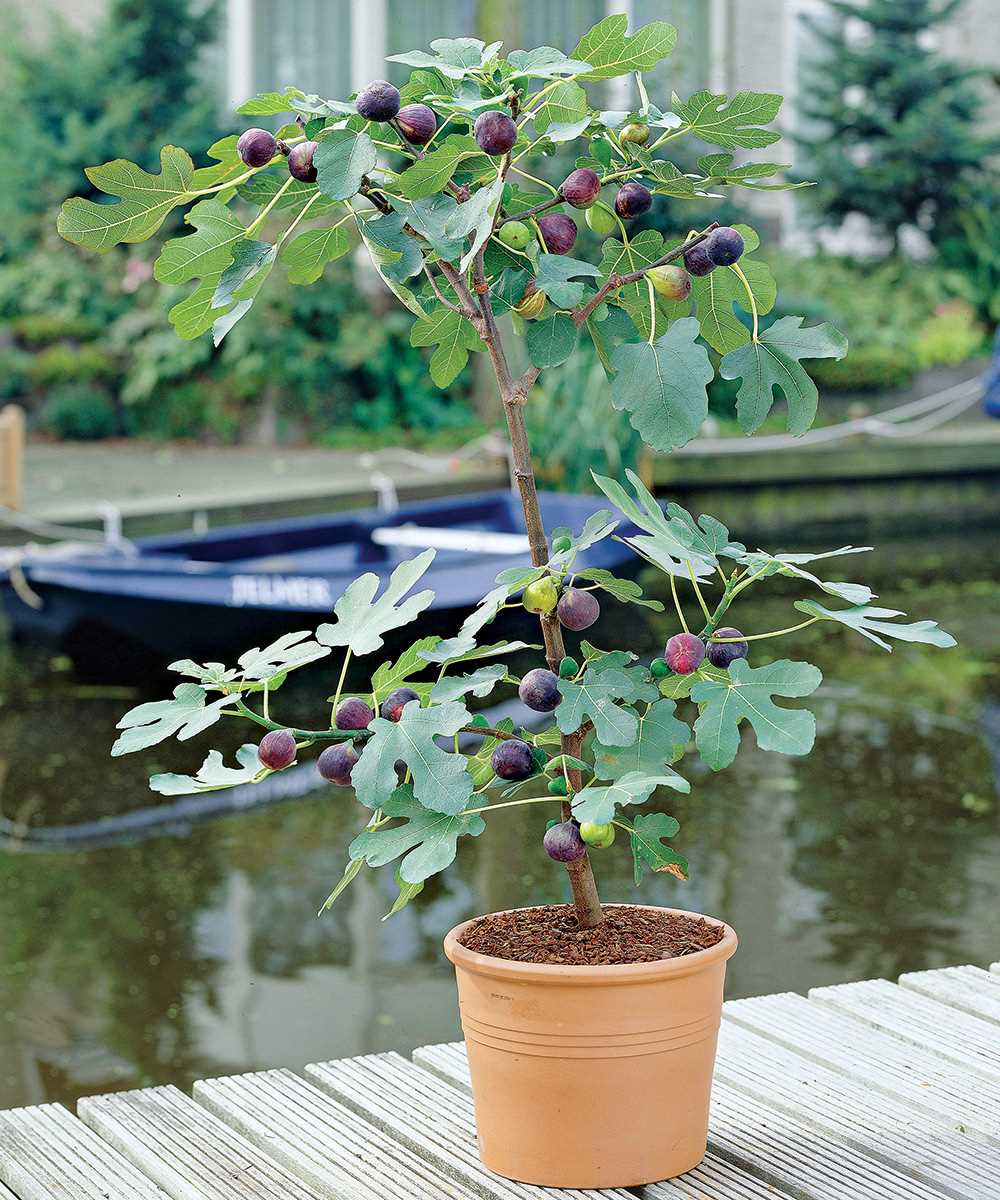

Before planting your fig trees, it’s important to test the soil to determine its pH level and nutrient content. Fig trees prefer a slightly acidic soil with a pH level between 6.0 and 6.5. Testing the soil will also provide insights into any deficiencies, such as nitrogen, phosphorus, or potassium, that need to be addressed.
3. Soil Amendments:
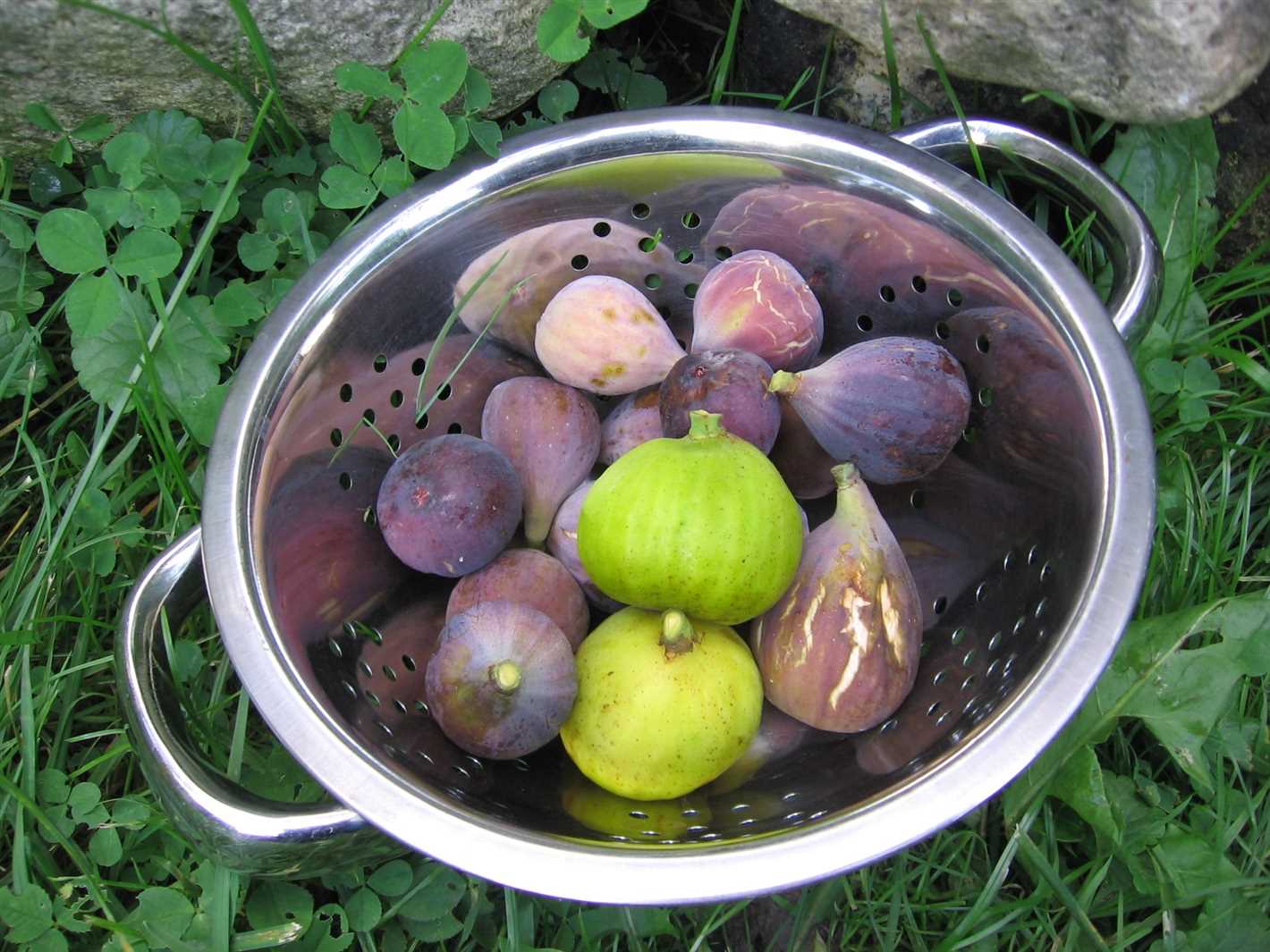

Based on the results of your soil test, you may need to amend the soil to create optimal growing conditions for fig trees. Adding organic matter, such as compost or well-rotted manure, can improve soil structure and fertility. Additionally, incorporating lime or sulfur can help adjust the pH level if necessary.
4. Drainage Improvement:
Since fig trees require well-drained soil, it’s crucial to improve drainage if your soil is heavy or compacted. This can be done by adding organic matter, such as compost, to improve soil structure. Alternatively, you can create raised beds or mounds to enhance drainage.
5. Mulching:
Apply a layer of organic mulch around the base of your fig trees to help conserve moisture, regulate soil temperature, and suppress weed growth. Good options for mulch include straw, wood chips, or shredded leaves. Just be sure to keep the mulch a few inches away from the trunk to prevent moisture-related diseases.
6. Irrigation:
Proper watering is crucial for the establishment and growth of fig trees. Depending on your climate and soil conditions, you may need to provide supplemental irrigation during dry periods. Deep, infrequent watering is preferable to frequent shallow watering. Monitor soil moisture levels and adjust your watering schedule accordingly.
By following these tips and preparing the soil properly, you can create optimal growing conditions for fig trees, even in challenging climates. Remember to continue monitoring the soil and making necessary adjustments to ensure the health and vitality of your fig trees.
Proper Planting and Transplanting Techniques
When it comes to growing figs in challenging climates, proper planting and transplanting techniques are crucial for the success of your fig trees. Follow these tips to ensure the best start for your figs:
1. Selecting the Right Location
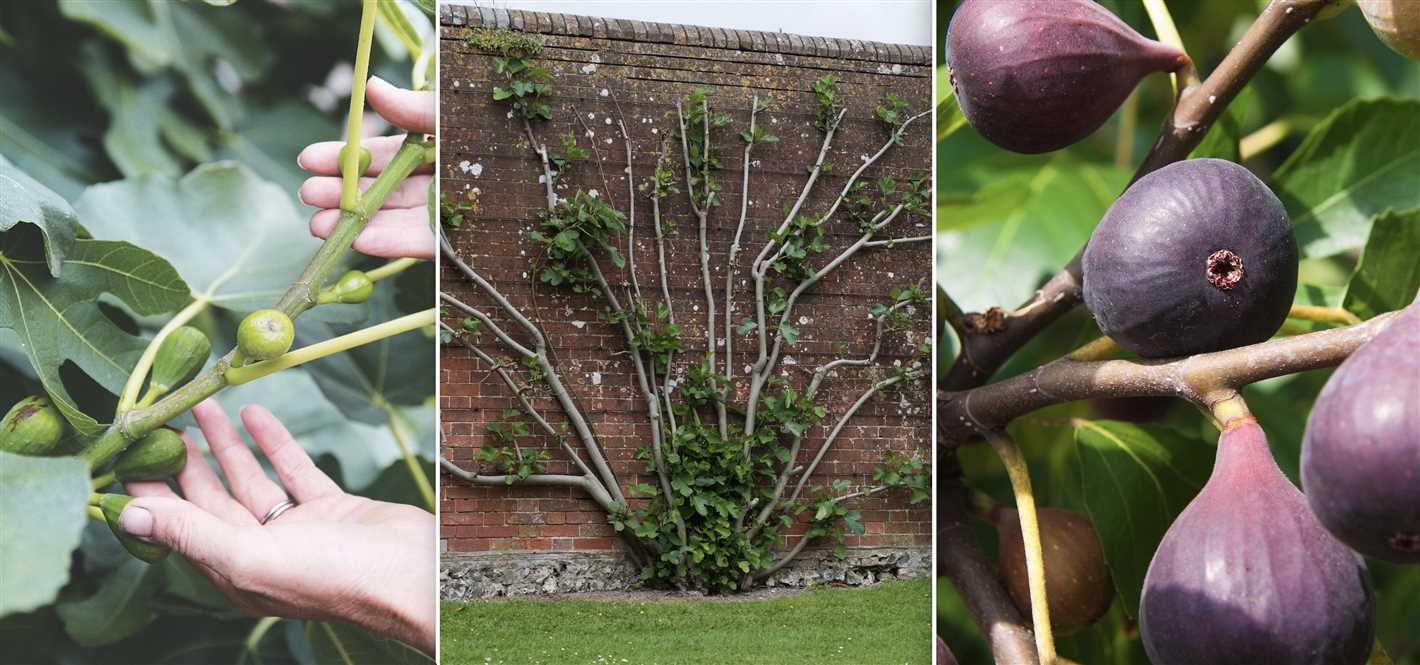

- Choose a location that receives full sunlight for at least 8 hours a day.
- Ensure that the soil is well-draining and has a pH level of 6.0-6.5.
- Avoid low-lying areas or places prone to frost or excessive wind.
2. Digging the Planting Hole
- Dig a hole that is twice as wide and deep as the root ball of the fig tree.
- Loosen the soil in the bottom of the hole to promote root growth.
3. Preparing the Root Ball
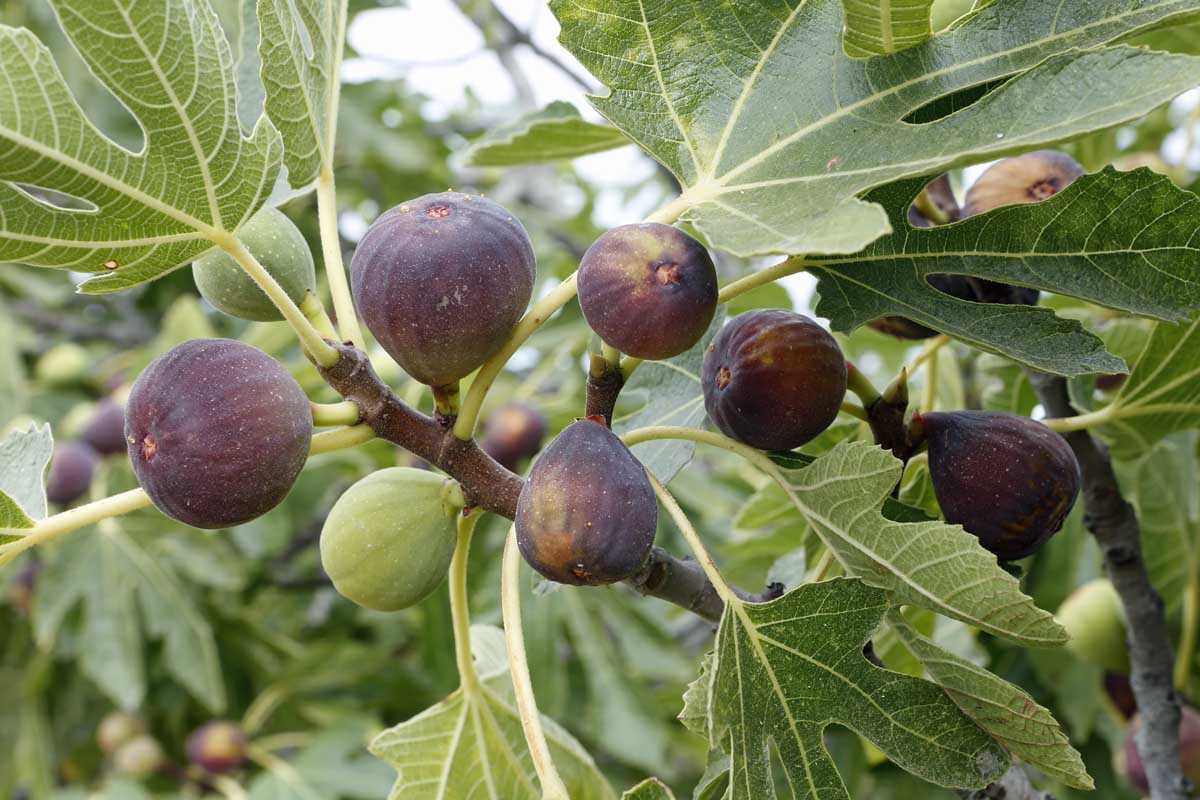

- Remove the fig tree from its container and gently loosen the roots.
- Trim any damaged or excessively long roots.
4. Planting the Fig Tree
- Place the fig tree in the center of the planting hole, ensuring that the soil level matches the top of the root ball.
- Backfill the hole with soil, gently firming it around the roots to eliminate air pockets.
- Water the newly planted fig tree thoroughly.
5. Transplanting an Established Fig Tree
- Choose a time when the fig tree is dormant, either in early spring or late fall.
- Dig a trench around the tree, slightly beyond the drip line.
- Carefully lift the tree using a shovel or spade, making sure to preserve the entire root ball.
- Transport the tree to its new location, ensuring that it remains upright and undamaged.
- Follow the steps for digging a planting hole and preparing the root ball.
- Plant the fig tree in the new location and water it thoroughly.
By following these proper planting and transplanting techniques, you will give your fig trees the best chance to thrive in challenging climates. Remember to provide regular care and maintenance to keep them healthy and productive.
Watering and Irrigation Considerations
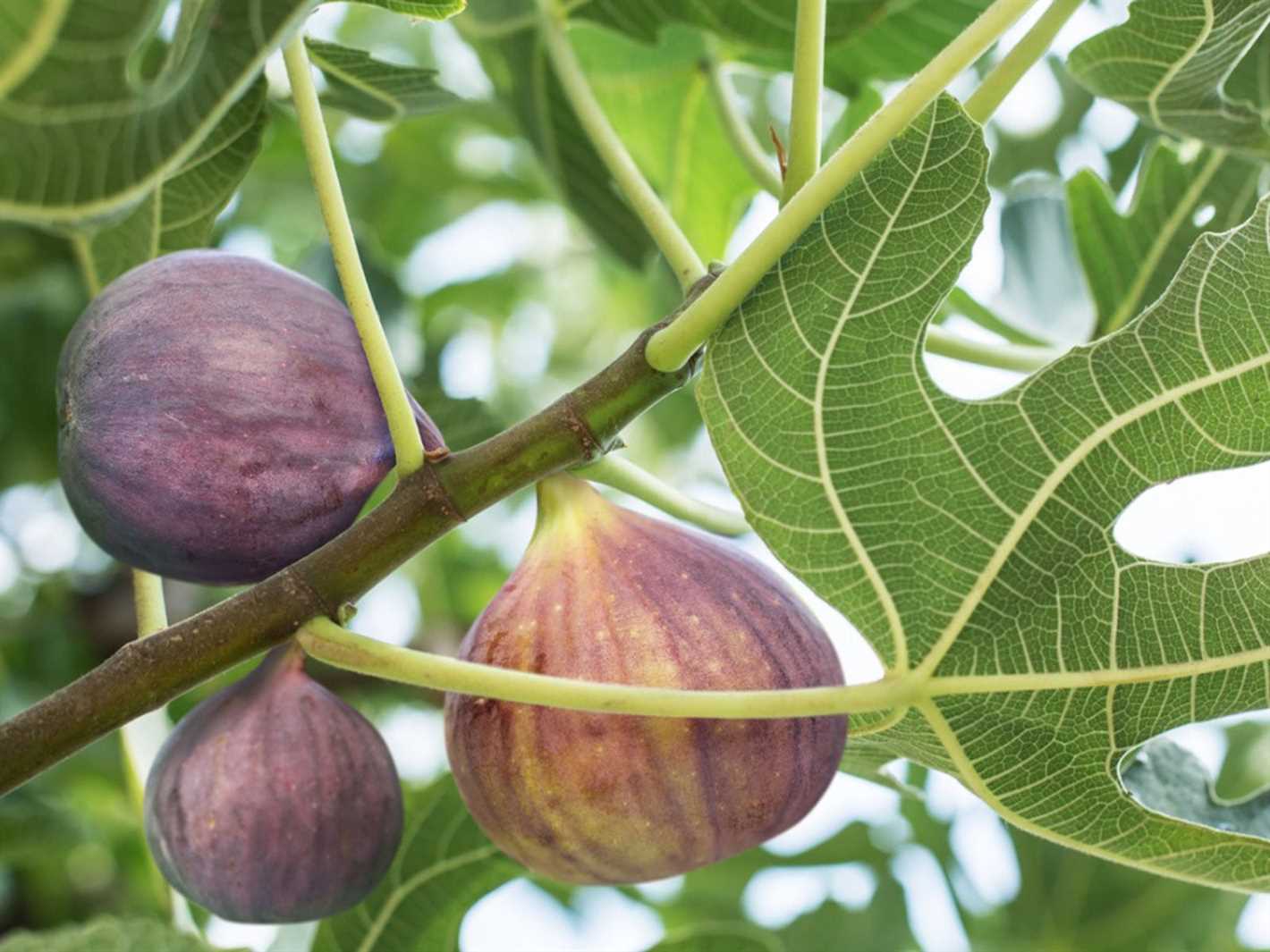

When growing figs in challenging climates, proper watering and irrigation are crucial to ensure the health and productivity of the trees. Here are some important considerations to keep in mind:
1. Water requirements
Figs generally require regular and consistent watering, especially during their growing season. However, the specific water requirements can vary depending on factors such as temperature, humidity, soil type, and tree maturity.
2. Deep watering
Deep watering is essential for fig trees, as it promotes deep root growth and helps the trees withstand drought conditions. It is recommended to water the trees deeply once a week, providing enough water to moisten the soil at least 12 inches deep.
3. Frequency of watering
During the growing season, fig trees may need to be watered more frequently, especially in hot and dry climates. It is important to monitor the soil moisture levels and adjust the frequency of watering based on the tree’s needs.
4. Irrigation methods
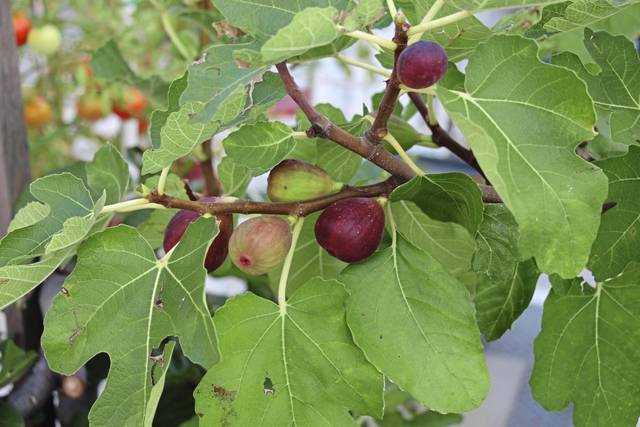

There are several irrigation methods that can be used to water fig trees:
- Drip irrigation: This method involves using drip emitters or soaker hoses to deliver water directly to the base of the trees. Drip irrigation is efficient and helps conserve water by minimizing evaporation.
- Sprinkler irrigation: Sprinklers can be used to water the entire area where fig trees are planted. However, it is important to avoid wetting the foliage excessively, as this can increase the risk of fungal diseases.
- Hand watering: For smaller gardens or individual trees, hand watering can be an effective method. Use a watering can or hose to water the trees thoroughly, ensuring that the soil is evenly moistened.
5. Mulching
Applying a layer of organic mulch around the base of the fig trees can help retain moisture in the soil and reduce the need for frequent watering. Mulch also helps regulate soil temperature and suppresses weed growth.
6. Testing soil moisture
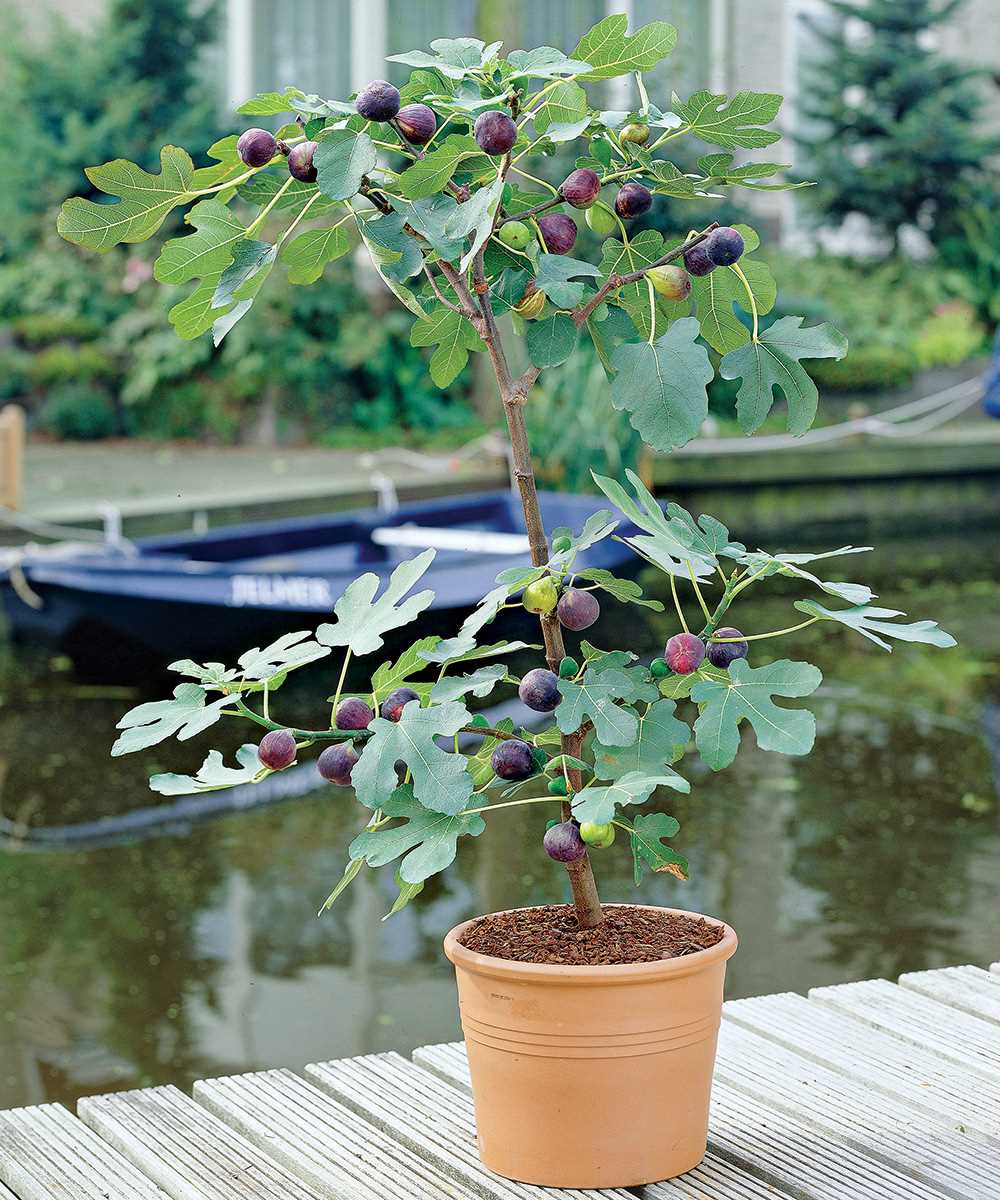

Regularly checking the soil moisture levels is important to determine when and how much to water the fig trees. Use a soil moisture meter or simply stick your finger into the soil to check for moisture. Water only when the top few inches of soil are dry.
7. Water quality
The quality of water used for irrigation can also affect the health of fig trees. Avoid using water that is high in salts or chemicals, as they can accumulate in the soil and harm the trees. If the water quality is poor, consider using a filtration system or collecting rainwater for irrigation.
By providing adequate and consistent watering, fig trees in challenging climates can thrive and produce a bountiful harvest. Remember to monitor the trees’ water needs and adjust your irrigation practices accordingly.
Fig Tree Pruning and Training
Proper pruning and training techniques are essential for maintaining the health and productivity of fig trees, especially in challenging climates. Here are some tips to help you prune and train your fig tree:
1. Pruning Basics
- Prune your fig tree during its dormant season, which is typically in late winter or early spring.
- Start by removing dead or diseased branches, as well as any crossed or rubbing branches that may impede airflow.
- Remove any suckers that emerge from the base of the tree to direct energy towards the main trunk.
- Thin out crowded branches to maintain an open and airy canopy.
2. Training Techniques
- Begin training your fig tree when it is young to establish a strong framework.
- Choose 3-4 main branches that form a balanced structure and remove any others.
- Prune back the main branches to about one-third of their length to encourage lateral branching.
- Use stakes or trellises to support the main branches and help them grow in the desired direction.
3. Controlling Size
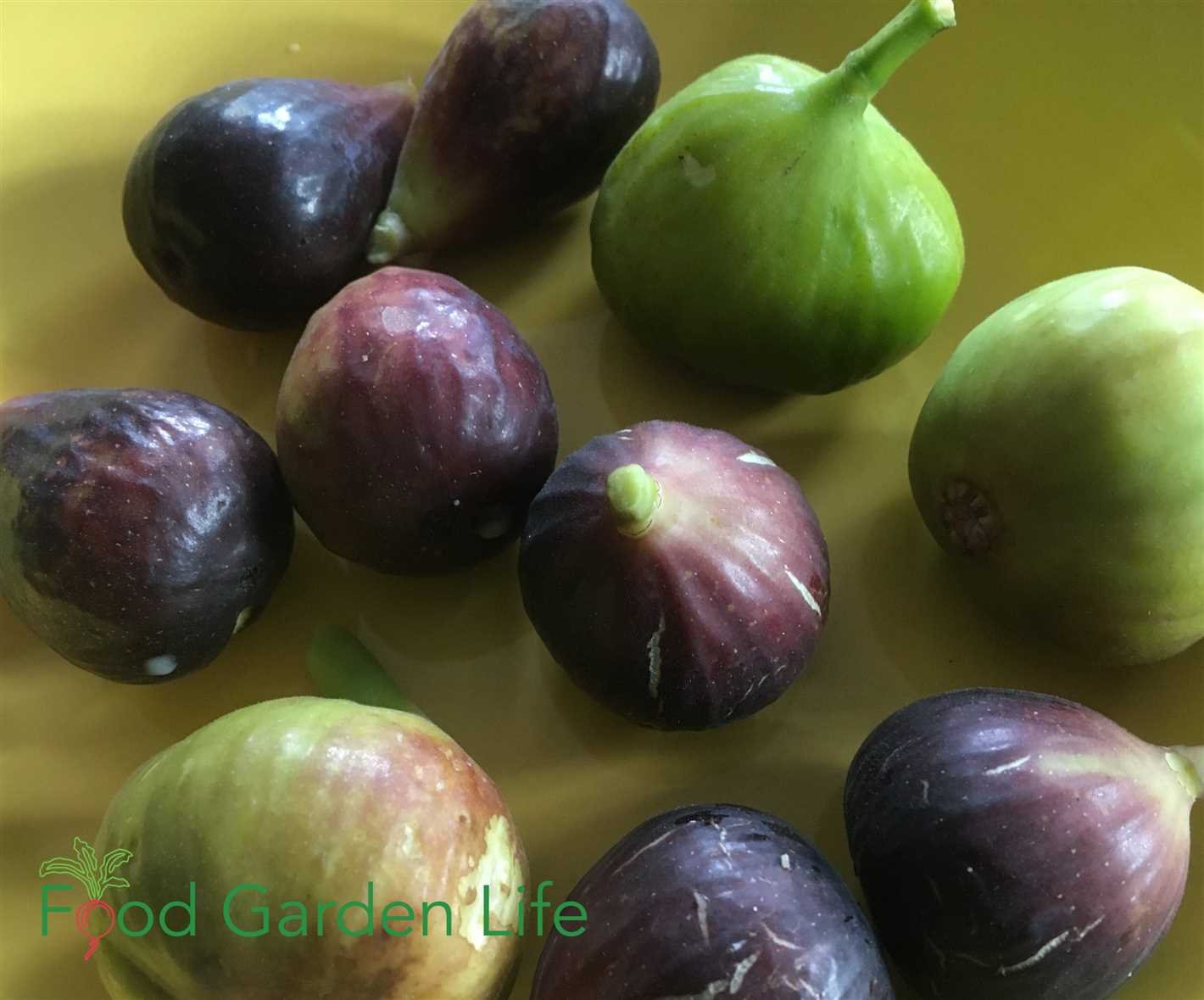

If you have limited space or want to keep your fig tree at a manageable size, you can use pruning techniques to control its growth:
- Regularly prune back the long and vigorous branches to maintain a compact shape.
- Use heading cuts to shorten branches and stimulate new growth closer to the trunk.
- Thin out branches to reduce overcrowding and improve light penetration.
- Avoid heavy pruning during the growing season to prevent excessive regrowth.
4. Pruning for Fruit Production
To maximize fruit production, follow these pruning strategies for fig trees:
- Remove any branches that are more than three years old, as older wood produces fewer fruits.
- Prune back last year’s growth to 6-12 inches to encourage the growth of new fruit-bearing shoots.
- Thin out excess fruiting wood to avoid overcrowding, which can lead to smaller, lower-quality fruits.
- Remove any suckers or water sprouts that emerge from the base of the tree.
5. Pruning After Winter Damage
If your fig tree has been damaged by winter frost, follow these steps to repair and rejuvenate it:
- Wait for spring to assess the extent of the damage.
- Remove any dead or damaged branches back to healthy wood.
- Prune the remaining branches to shape the tree and encourage new growth.
- Apply a balanced fertilizer to boost the tree’s recovery.
Remember that every fig tree is unique, so it’s important to adapt your pruning and training techniques based on the specific needs and growth habits of your tree.
Dealing with Pest and Disease Issues
Growing figs in challenging climates can make them more susceptible to certain pest and disease issues. However, with proper care and attention, you can minimize the impact of these problems. Here are some common pest and disease issues that fig trees may face and how to deal with them:
Pest Issues
- Aphids: Aphids are small insects that suck sap from the leaves and stems of fig trees. To deal with aphids, you can use insecticidal soap or neem oil spray to control their population. Regularly inspect your fig tree for signs of aphids and take action as soon as you notice them.
- Fig beetle: Fig beetles can cause damage to the fruit of fig trees. To prevent fig beetles, you can use netting or bags to cover the fruit. You can also hang traps with a sweet liquid bait to attract and capture the beetles.
- Spider mites: Spider mites are tiny pests that feed on the leaves of fig trees, causing them to turn yellow and dry out. To control spider mites, you can spray the leaves with water to remove them. You can also use insecticidal soap or neem oil to prevent their infestation.
Disease Issues
Fig trees can also be prone to various diseases. Here are some common diseases that may affect fig trees and how to deal with them:
- Root rot: Root rot is a fungal disease that affects the roots of fig trees. To prevent root rot, ensure proper drainage in the soil and avoid overwatering the tree. If root rot is already present, remove the affected roots and treat the remaining roots with a fungicide.
- Leaf spot: Leaf spot is a fungal disease that causes dark spots to appear on the leaves of fig trees. To control leaf spot, remove and destroy the infected leaves. You can also apply a fungicide to prevent the spread of the disease.
- Rust: Rust is a fungal disease that causes orange or reddish-brown spots to appear on the leaves of fig trees. To treat rust, remove and destroy the infected leaves. You can also apply a fungicide to prevent further spread of the disease.
It is important to regularly inspect your fig tree for signs of pest or disease issues. Taking immediate action and providing proper care can help keep your fig tree healthy and productive.
Harvesting and Storing Figs
Harvesting Figs
When it comes to harvesting figs, timing is crucial. Figs should be harvested when they are fully ripe but still firm. To determine if a fig is ready to be harvested, gently squeeze it. If it gives slightly and feels soft, it is ready to be picked. Figs that are overripe will be mushy and less flavorful.
When harvesting figs, it is important to handle them with care to prevent bruising. Hold the fig gently in your hand and twist it at the base. The fig should easily detach from the stem. Avoid pulling on the fruit, as this can damage the tree.
Storing Figs
Once harvested, figs should be consumed or stored promptly to maintain their freshness and flavor. Here are some tips for storing figs:
- Refrigerate: Figs can be stored in the refrigerator for up to 5 days. Place them in a shallow container or a plastic bag to prevent moisture loss.
- Freeze: Figs can also be frozen for long-term storage. Wash and dry the figs, then place them in a single layer on a baking sheet. Once frozen, transfer them to an airtight container or freezer bag.
- Dry: Another popular way to store figs is by drying them. Wash the figs and remove the stems. Cut them in half or quarters and arrange them on a baking sheet, ensuring they are not touching. Dry them in a dehydrator or in an oven set to the lowest temperature until they are leathery and dry to the touch.
Using Stored Figs
Stored figs can be used in a variety of ways, depending on their texture and your preference. Here are some ideas:
- Fresh: Enjoy stored figs fresh as a snack or added to salads.
- Cooked: Use figs in both sweet and savory dishes, such as jams, compotes, cakes, tarts, or as a topping for yogurt or ice cream.
- Baked: Incorporate dried figs into bread, muffin, or cookie recipes.
Remember, the flavor of stored figs may change slightly, but they can still be delicious and versatile in the kitchen.
Question-answer:
Can figs be successfully grown in cold climates?
Yes, it is possible to grow figs in cold climates, but it may require some extra care and protection during the winter months. Some cold-hardy varieties of figs are better suited for these climates and can withstand colder temperatures.
What are some cold-hardy varieties of figs?
Some cold-hardy fig varieties that can be grown in challenging climates include Chicago Hardy, Brown Turkey, and Celeste. These varieties have been known to survive freezing temperatures and produce fruit.
How can I protect my fig tree during the winter?
There are several ways to protect a fig tree during the winter months. Mulching the base of the tree with a layer of straw or leaves can help insulate the roots. Wrapping the tree with burlap or using a frost blanket can also provide additional protection from freezing temperatures.
What is the best time to prune a fig tree?
The best time to prune a fig tree is in late winter or early spring, before new growth begins. Pruning during this time allows the tree to focus its energy on new growth and can help improve fruit production.
How often should I water my fig tree?
Fig trees require regular watering, especially during dry periods. It is recommended to water deeply once a week, allowing the water to penetrate the soil and reach the root zone. However, it is important to avoid overwatering, as fig trees can be sensitive to waterlogged conditions.
Do fig trees need special fertilizer?
Fig trees are generally low-maintenance and do not require heavy fertilization. However, it is beneficial to apply a balanced, slow-release fertilizer in the spring to provide essential nutrients. Additionally, adding organic matter, such as compost, to the soil can help improve its fertility.







